THE PHOROPTER, AS a binocular refracting device, has been around for more than 100 years, so it was only a matter of time before it had to make room for some newer equipment. Tools that carry out diagnostic tests like measuring the shape of the cornea or taking photos of the back of the eye (retina or fundus) are now less invasive and more accurate with repeat data. Some even connect to smartphones to give portable readings. Their digital data can help eye doctors diagnose the progression of eye conditions like macular degeneration, diabetic retinopathy and optic nerve diseases with more precision and reliability than ever.
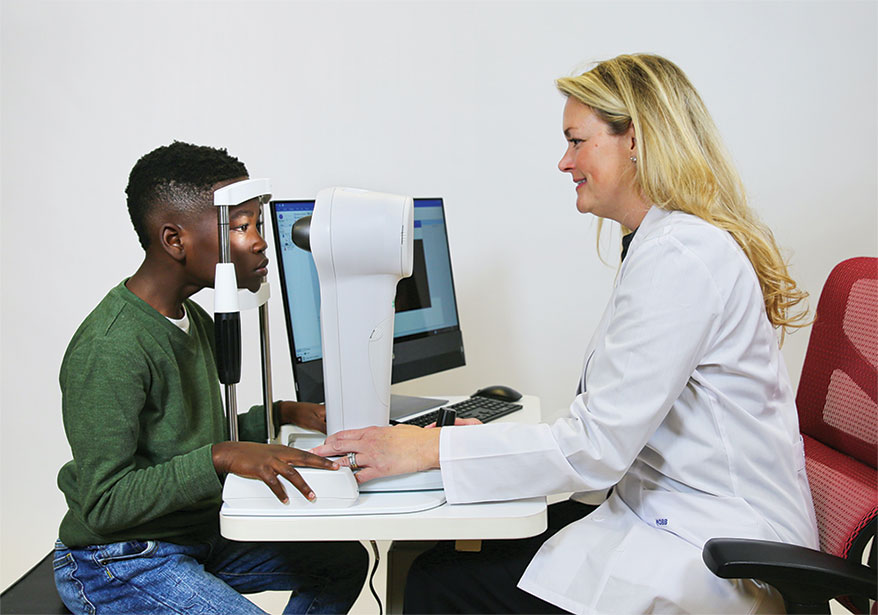
Medmont International
Medmont Meridia Advanced CornealTopographer
info@medmont.com, medmont.com.au
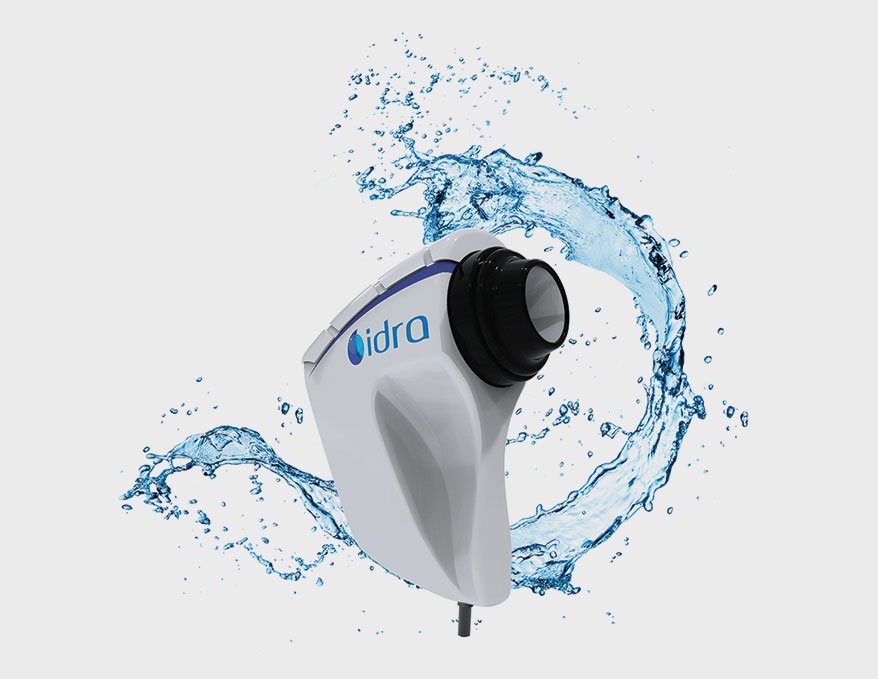
Coburn Technologies
IDRA Ocular Surface Analyzer performs four non-invasive tests in five minutes.
(800) 262-8761, coburntechnologies.com
Advertisement
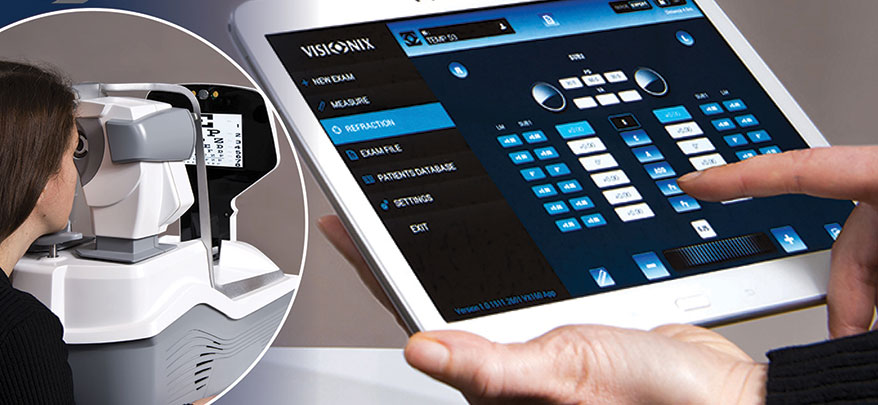
Luneau Technology
Visionix Eye Refract with refraction technology that includes ARK.
(800) 729-1959, luneautechusa.com

Haag-Streit USA
Lenstar Myopia provides axial length measurements of the eye for myopia management.
(513) 336-7255, haag-streit-usa.com
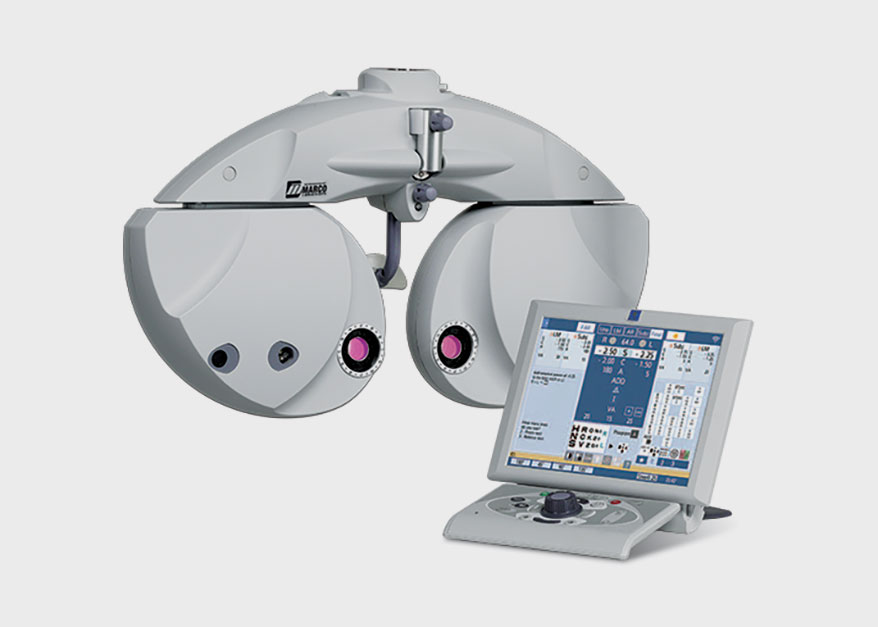
Marco
TRS-6100 Digital Refractor
(800) 874-5274, marco.com
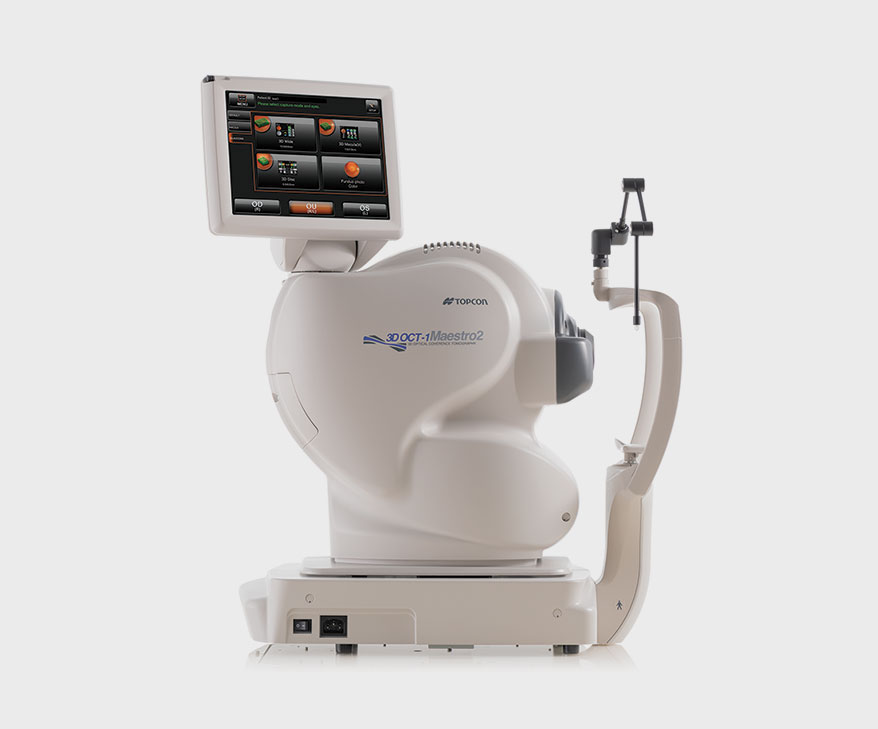
Topcon Healthcare
Maestro2 OCT/Fundus Camera
(800) 223-1130, topconhealthcare.com
Advertisement
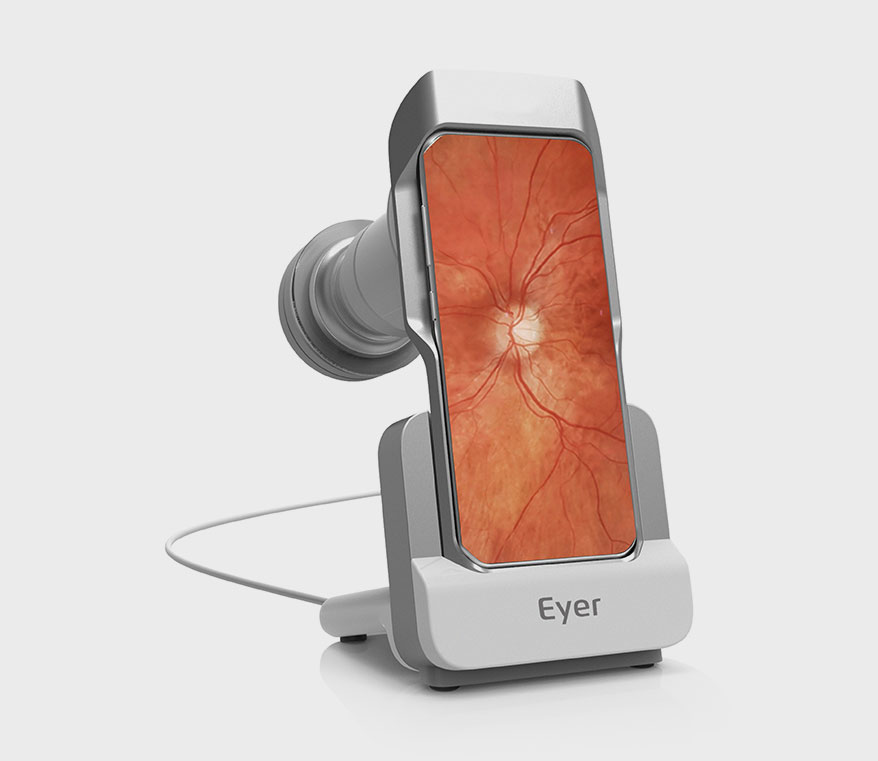
US Ophthalmic
Eyer, a portable retinal camera, connects to a smartphone to get images of the retina to detect fundus disease.
(888) 881-1122, usophthalmic.com
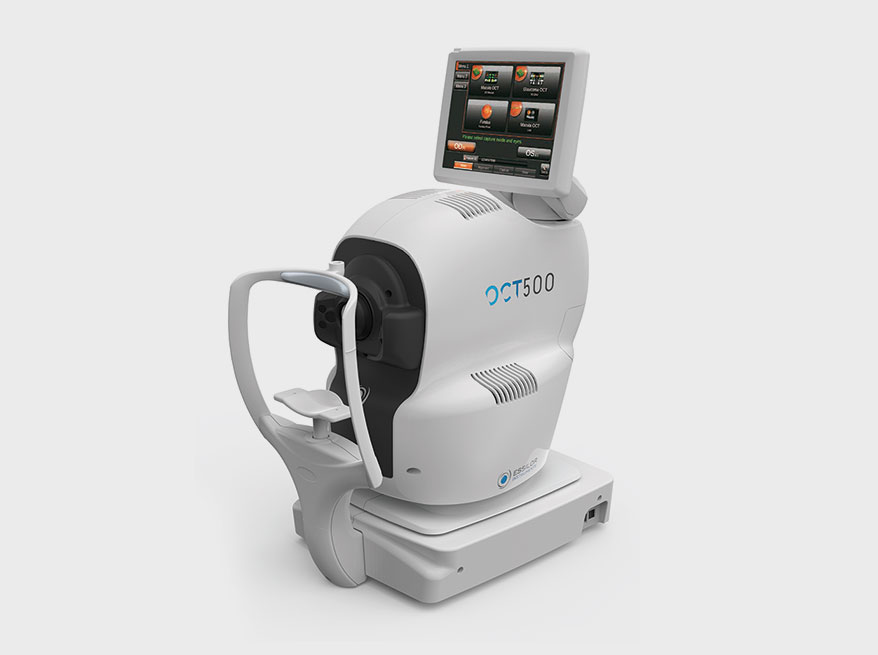
Essilor Instruments USA/Stereo Optical
OCT500 with integrated fundus imaging
(855) 393-4647, essilorinstrumentsusa.com
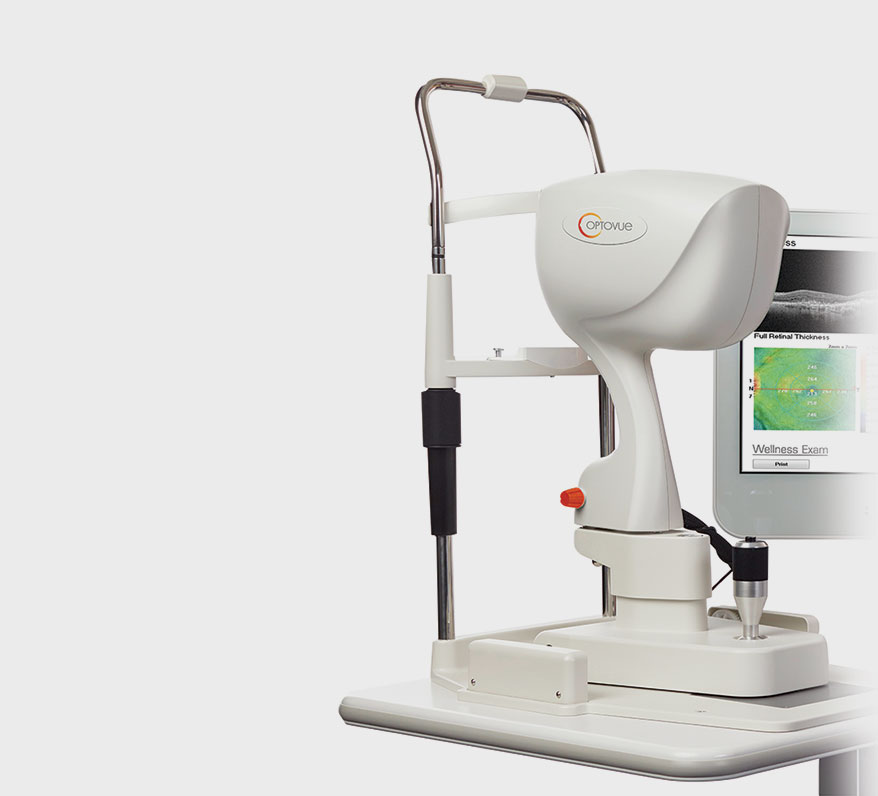
Optovue
iVue 80, OCT + fundus camera option, an upgrade to Optovue’s iVue OCT
(866) 344-8948, optovue.com
Smart Ways to Use New Diagnostic Equipment
Christian Chew, ODOptica Optometry, San Francisco & Millbrae, CA

We use an OCT, fundus camera and corneal topographer. A non-contact tonometer from Nidek, with an ocular response analyzer, gives more detail on corneal dynamics than the air puff test. New technologies offer us more testing modalities, improving patient flow. Optovue’s iVue80 is fast and efficient, and gives good quality images and thorough detail of the back of the eye. The quality of the equipment has gone up while the cost has gone down and new practitioners can get better equipment than they could 15 years ago. In San Francisco space is at a premium, so we place our compact devices in a smaller footprint. Yet, we find we can perform tests quickly and get more reliable images than with older devices.
Rasa Tamulavichus, OD Big City Optical, Chicago, IL

Our 11 locations are recognized for their high-end tech. I upgraded from an old-style phoropter to Luneau Technology’s Eye Refract last year. It allows a technician to do refraction outside the exam room and its AI component prompts the tech to ask questions. Training time is reduced and the data so accurate, my remake rate is less than 1 percent. It takes wave front readings in different lighting conditions so, for example, I can prescribe for night-time driving. My RoI makes Eye Refract a no-brainer. We also use OptoVue’s iVue OCT which helps me screen for eye disease. Its fundus camera captures images without dilation. The Firefly digital slit lamp (Shanghai Mediworks) effectively diagnoses dry eye disease; its clear optics mean the exam can be done remotely. Patients’ responses to all the new gear are amazing.